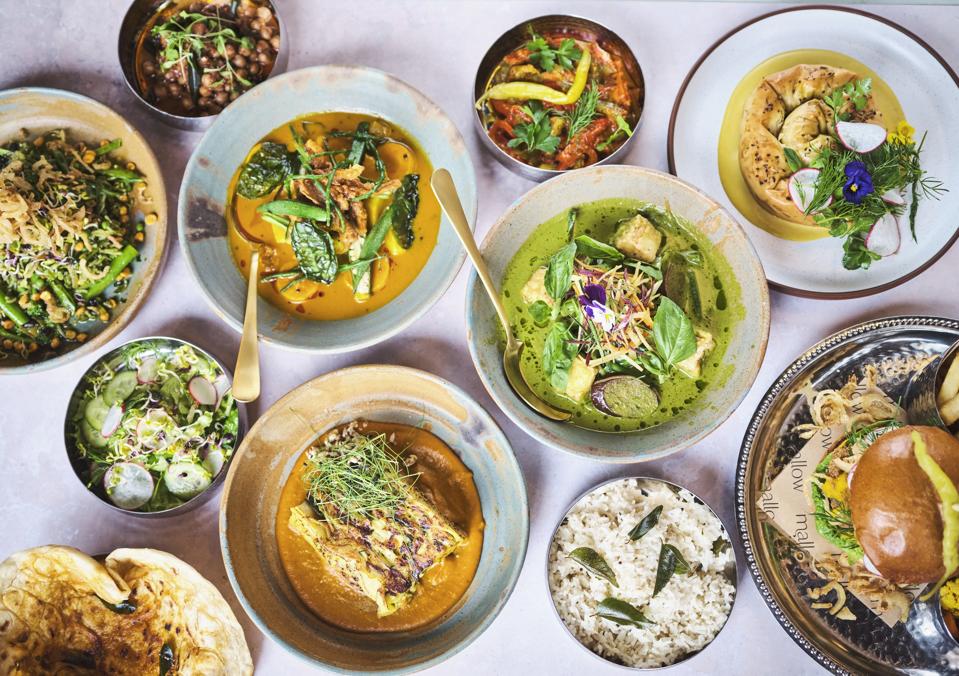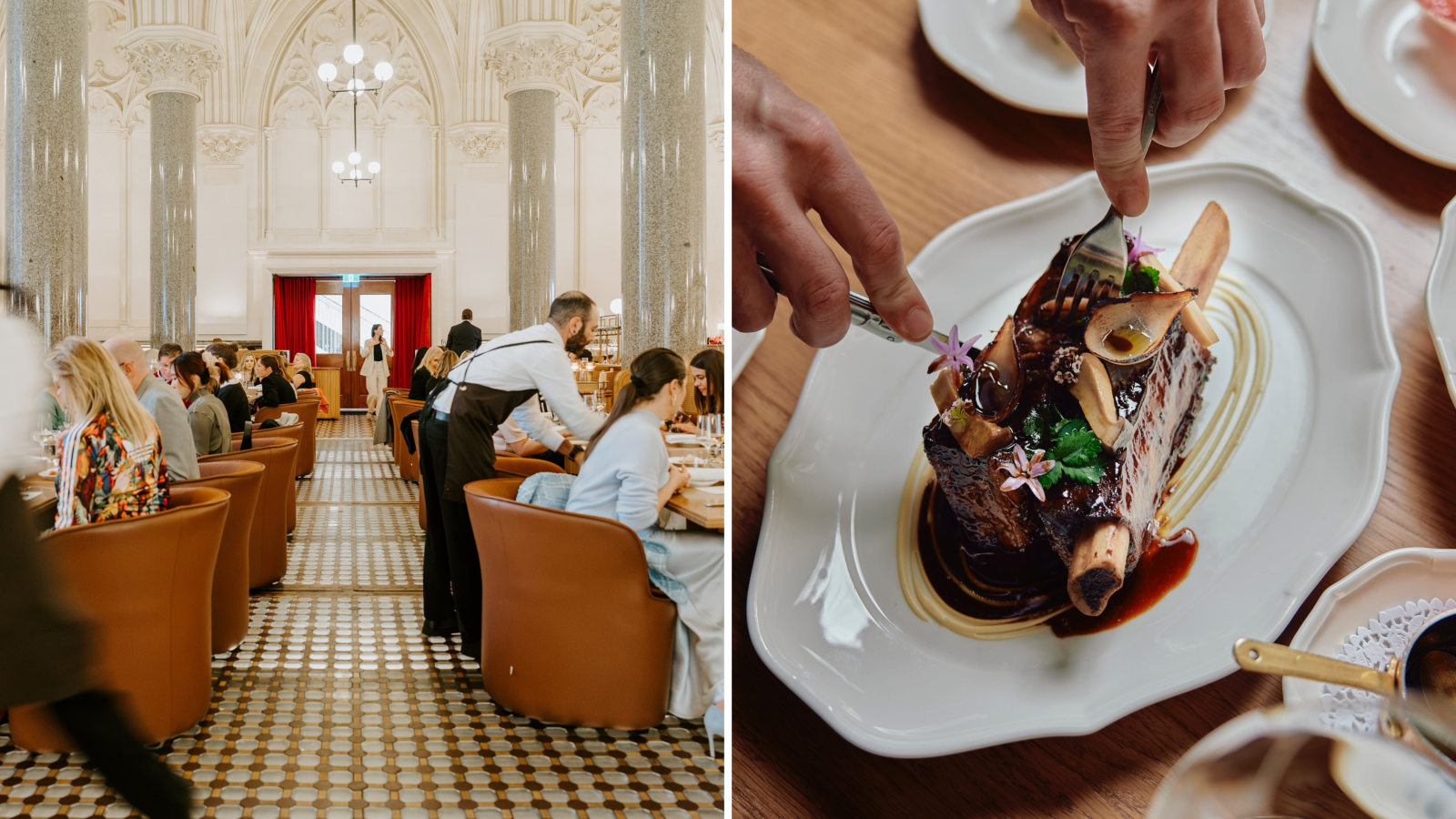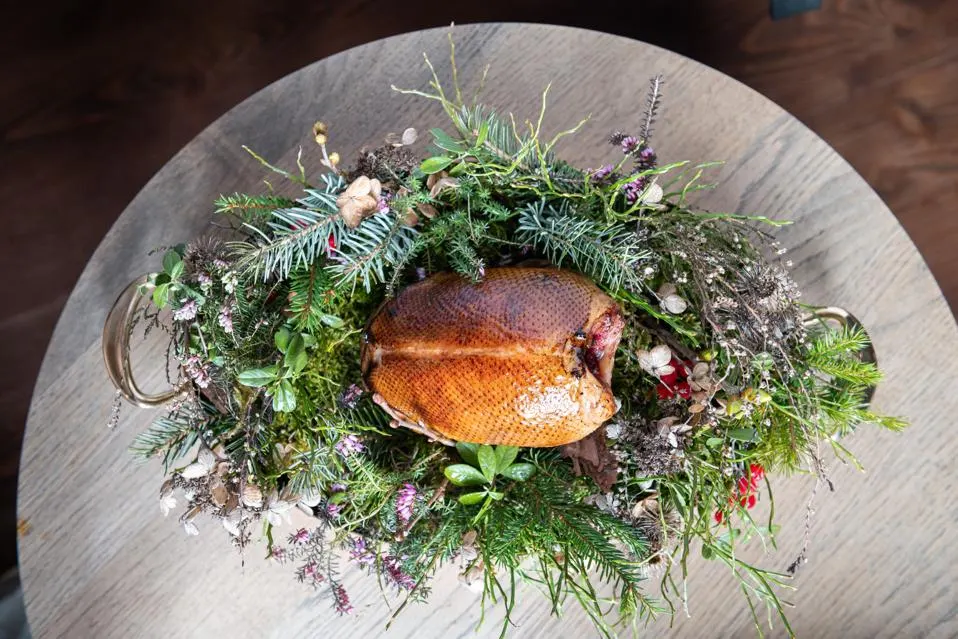Getting a MICHELIN Star for one’s restaurant has become the holy grail of many top chefs and high-end dining establishments. Two major luxury hotel groups, Four Seasons and Mandarin Oriental have also targeted the coveted stars. Four Seasons currently has 34 MICHELIN Stars, while Mandarin Oriental has 26.

There is a certain amount of mystery about the process of awarding MICHELIN stars, and the company’s anonymous inspectors have become iconic. We contacted MICHELIN to learn more.
“The methodology of the Guide has been in existence for 120 years and remains based on anonymous field visits by inspection teams,” a spokesperson confirmed. At MICHELIN, there are five universal criteria for awarding these distinctions.
The spokesperson noted that these are “based on the table test and only on the contents of the plates:
– The quality of products.
– Mastery of cooking techniques.
– The harmony of flavors.
– Consistency both through time and the menu as a whole.
– Personality expressed in the cooking.”

The MICHELIN Guide was first published in France at the turn of the 20th century.
The company began in Clermont-Ferrand in central France in 1889. Brothers Andre and Edouard Michelin founded their tire company when there were fewer than 3,000 cars in the country. To help budding motorists plan their trips, boosting car sales and tire purchases, the Michelin brothers produced the little red guidebook to encourage more motorists to take to the road. The guide was filled with travel information like maps, how to change a tire, where to get gas, and, yes, a listing of places to eat or take shelter for the night.
The Michelin brothers also recruited a team of mystery diners, also known as restaurant inspectors, to visit and review restaurants anonymously.
In 1926, the guide began to award stars for fine dining establishments, starting with a single star. In 1931, the hierarchy of zero, one, two, and three stars was introduced. According to the MICHELIN website:
- One MICHELIN Star: High-quality cooking – Worth a stop.
- Two MICHELIN Stars: Excellent cooking – Worth a detour.
- Three MICHELIN Stars: Exceptional cuisine – Worth a special journey.
The guide is now said to rate over 30,000 establishments in over 30 territories across three continents. More than 30 million MICHELIN Guides have been sold worldwide.
The company launched its first North American Guide in 2005 for New York. Guides have also been added in Chicago (2011); Washington, D.C. (2017);and California (San Francisco in 2007, statewide 2019). More recently, MICHELIN added restaurants in Miami/Orlando/Tampa, Florida (2022); Toronto (2022); Vancouver (2022); Colorado (2023); Atlanta (2023), Mexico (2024), Texas (2024) and Quebec (2024).

Michelin says its inspectors still use the same criteria and manner of selection that were used by inspectors from the very beginning, now applied in destinations around the world.
“MICHELIN Guide inspectors are totally independent in their choice of restaurants to visit,” a spokesperson noted. “Their knowledge of the local gastronomic scene, together with a solid body of research, monitoring and documentation, forms the basis for identifying the establishments they wish to visit. There is no set list, no application from the restaurants. The inspectors are constantly on the lookout for new culinary trends around the world.”
Importantly, “Inspectors always pay the bill for their meal, and they will never ask for any VIP Treatment. This allows them to remain anonymous and independent, to be sure of having the same experience as any other customer, and to be able to make relevant, authentic and fair recommendations.”
This anonymity is a key part of the MICHELIN mystique.
“Chefs are never informed of the visit of an inspector, who never reveals his or her identity. In order to guarantee and preserve the anonymity of the inspectors, they visit the restaurants they inspect only once, but the restaurants are always visited several times by different inspectors, to ensure the consistency and regularity of the quality of the dishes,” explained the spokesperson. “The decision whether or not to award one or more Stars to a restaurant is never taken by a single person, but by the inspection team as a whole.”
The mysterious inspectors are said to have vast experience in the restaurant industry. They travel ‘the length and breadth’ of destinations seeking new restaurant gems and promising culinary offerings.

“These men and women are former professionals from the industry and follow a specific training when joining the MICHELIN Guide. They are based all around the world, with their own cultural and professional background,” concluded the spokesperson. “The inspectors share common values. They are passionate about culinary cultures, and very curious, which make them able to seize the wonderful diversity of international gastronomic scenes with the same professionalism and commitment.”
This article was originally published on forbes.com.


